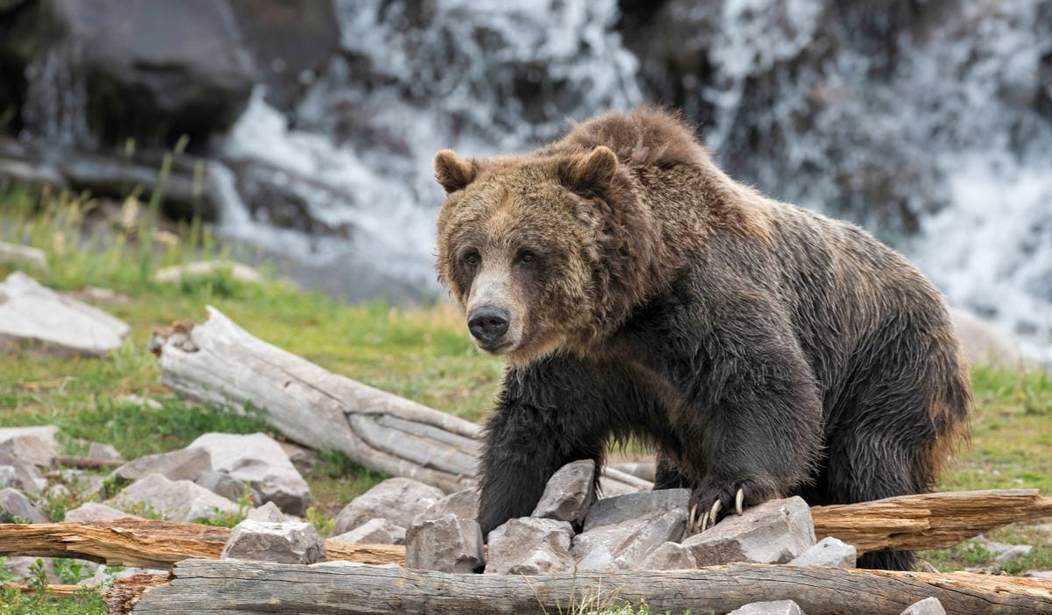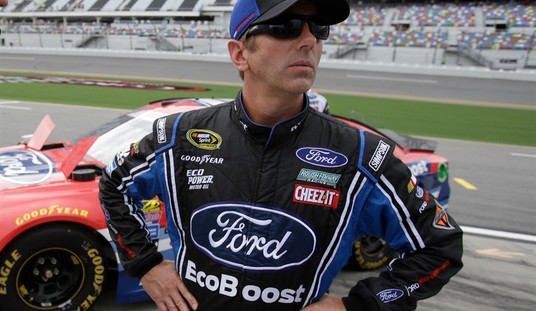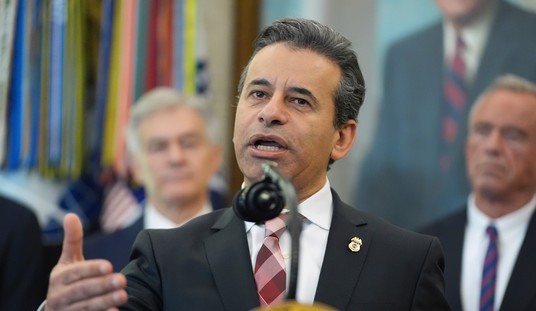America’s national parks turn 100 this year and despite rising fees to enjoy nature at its finest, the flood of people visiting continues to increase.
Nothing wrong with that, right? After all, that’s what the parks are there for.
But the problem is that with the increase in visitors comes an increase in the number of idiots, fools, numbskulls, and ignoramuses whose shocking stupidity endangers wildlife — and themselves.
Here are a few examples from an AP report:
Recent events at Yellowstone grabbed national headlines:
— A Canadian tourist who put a bison calf in his SUV hoping to save it, ending with wildlife workers euthanizing the animal when they could not reunite it with its herd.
— Three visitors from Asia cited on separate occasions for illegally collecting water from the park’s thermal features.
— A Washington state man killed after leaving a designated boardwalk and falling into a near-boiling hot spring.
The flouting of park rules stems from disbelief among visitors that they will get hurt, said Yellowstone Superintendent Dan Wenk. “I can’t tell you how many times I have to talk to people and say, ‘Step back. There’s a dangerous animal,’ and they look at me like I have three heads,” he said.
Inconsistent record keeping, including a recent switch to a new criminal offenses reporting system, makes it difficult to identify trends that apply uniformly across the major parks.
But the records reviewed by the AP reveal the scope of visitor misbehavior is huge. In Yellowstone, administrators and outside observers including Clark say the park’s problems have become more acute. That threatens its mission to manage its lands and wildlife “unimpaired” for future generations.
Beyond incidents that lead to citations are many more that result in warnings. More than 52,000 warnings were issued in 2015, up almost 20 percent from the year before.
Washington state resident Lisa Morrow’s son was among the children Gleason led toward the elk. Despite safety advisories — and numerous examples of visitors getting gored by bison, mauled by bears and chased by elk — Morrow declared herself unafraid of the park’s wildlife. She said she was eager to see a grizzly up close.
“I want to see one right there,” Morrow said, pointing to a spot just feet away. “I’d throw it a cookie.”
There’s no accounting for that kind of suicidal ignorance. The irony is, once the grizzly was finished with the cookie — and Mrs. Morrow — her family would sue the park service.
Yellowstone boasts the most large, dangerous carnivores among those parks, but each has its risks. In Rocky Mountain National Park, it’s elk that become more aggressive during mating season. In Yosemite, it’s towering waterfalls where visitors insist on swimming near the edge. In the Grand Canyon, it’s squirrels habituated to humans and sometimes quick to bite an outstretched hand.
Wenk said the rise in popularity of social media complicates keeping visitors safe.
“You take a picture of yourself standing 10 feet in front of a bison, and all of a sudden a few hundred people see it, and it’s reposted — at the same time we’re telling everybody wildlife is dangerous,” Wenk said. “They get incongruous messages and then it happens. They get too close, and the bison charges.”
Park rangers wrote more than 11,000 tickets last year for violations like this. The problem is that some people seem to think of these sanctuaries as zoos, or some kind of virtual reality TV show. A full-grown male Rocky Mountain elk can get up to 800 pounds, stand 5 feet tall at the shoulder, and is as long as an SUV. Even grizzly bears are smart enough to give them a wide berth.
People?
Tourist John Gleason crept through the grass, four small children close behind, inching toward a bull elk with antlers like small trees at the edge of a meadow in Yellowstone National Park.
“They’re going to give me a heart attack,” said Gleason’s mother-in-law, Barbara Henry, as the group came within about a dozen yards of the massive animal.
The elk’s ears then pricked up, and it eyed the children and Washington state man before leaping up a hillside. Other tourists — likewise ignoring rules to keep 25 yards from wildlife — picked up the pursuit, snapping pictures as they pressed forward and forced the animal into headlong retreat.
Maybe some day they’ll be able to idiotproof national parks. Until then, damage to the ecosystem and wildlife, as well as tragedies that a smidgen of common sense could have prevented will continue to be a part of life at our parks.










Join the conversation as a VIP Member